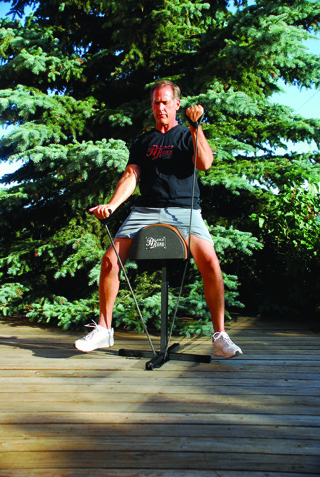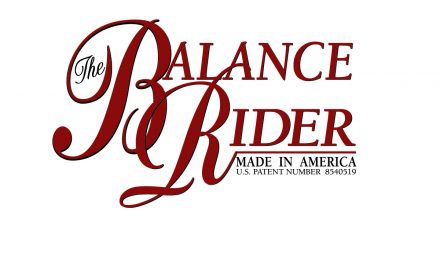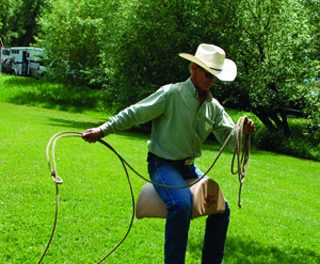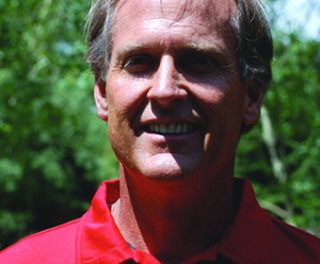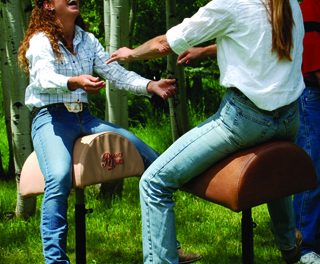Confidence is the belief that we can accomplish or handle a given task or enterprise.
A confident rider is a comfortable rider.
A confident rider shares confidence with the horse.
A confident horse and rider know, together, the joy of the ride and of their relationship.
If fear and lack of confidence are diminishing the experience for you and your horse, here’s a good place to start making a change:
Have Courage and Be Kind . . .
You might recognize this wise counsel as the heart of the 2015 epic based on the beloved, often told tale of Cinderella. But regardless of its origin, this is exceptionally good advice.
Only with courage can we face our fears and overcome them.
Only with kindness can we use our courage well and generously.
“We gain strength, and courage, and confidence through each experience in which we honestly look fear in the face . . . We must do that which we think we cannot.” (cf. Eleanor Roosevelt)
FEAR IS: (according to the Merriam Webster Dictionary)
• A feeling of respect and wonder for something very powerful
• An unpleasant emotion caused by being aware of danger
• Anxious concern
It is both natural and intelligent for human beings to have feelings of respect and wonder for horses that are, certainly, something very powerful. This respect does not, however, need to be anxious concern, nor should it be an unpleasant emotion. Awareness and understanding of actual danger are necessary so that the appropriate course of action can be taken.
Fear and confidence don’t travel well together.
To be confident, one must identify and overcome fear.
Needless to say, there are many aspects of horse and human interaction that have the potential to cause discomfort and/or fear in the human half of the equation. Whether a person is standing on the ground beside a horse, or sitting on this grand creature’s back, the difference in size alone represents reason for the smaller of the partners to beware.
In this series, we’ll focus on RIDER confidence. Again, there are numerous ways to develop this fundamentally important attribute. From this writer’s perspective, of all the confidence builders available to the equestrian, the most essential qualities in the rider are: A Strong Core, Good Seated Balance and Well Developed Proprioception.
Human Core Muscles––broadly defined––are all those muscles that align, stabilize and move the trunk of the body. When the core is strong and flexible, bodily stresses are well-distributed, the spine is well-supported, and we’re able to move efficiently.
Balance is essential to physical health . . . AND it is THE most important of all athletic traits. Comfort and confidence rely on balance . . . and balance relies largely on core strength. Since balance is dynamic––in the sense that it is ever changing––the adventure of trying to master it never ends. All mammals spend their lives in a constant battle with gravity. Those of us, who stand and walk upright on just two legs, face the greatest challenge.
Proprioception is the body’s ability to transmit a sense of position, analyze that information and react (consciously or unconsciously) to the stimulation with the proper movement. Put simply, it is the ability to know where a body part is without having to look. Proprioception allows you to scratch your head without looking in the mirror or walk up a flight of stairs without having to peer at each stair.
More to come about how the relationship between horses and their humans can be improved through the development of confidence through improved balance, core strength, and proprioception.

